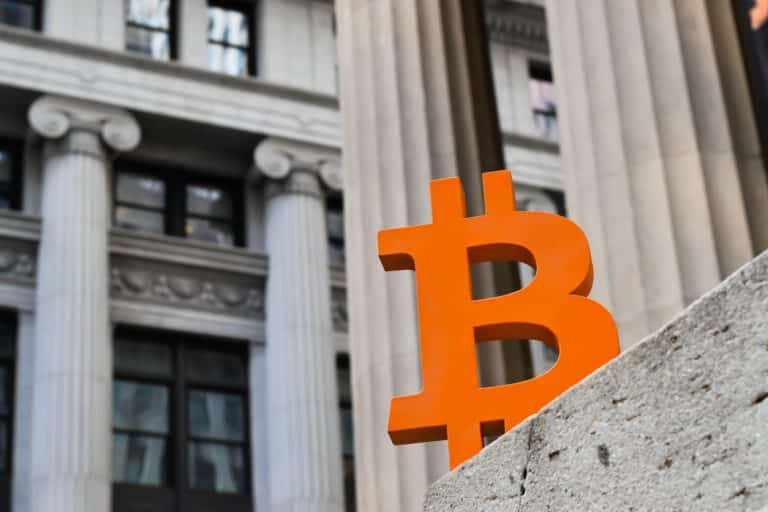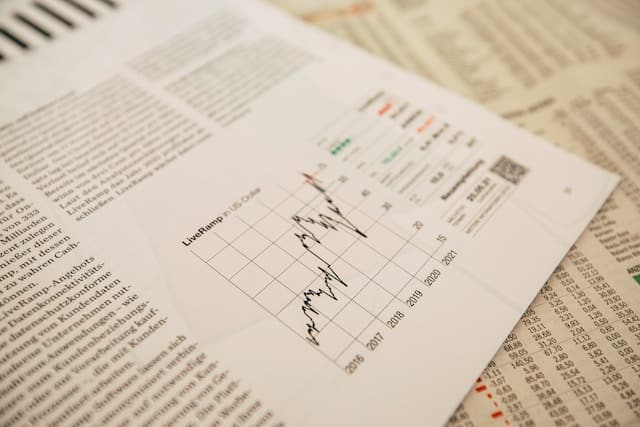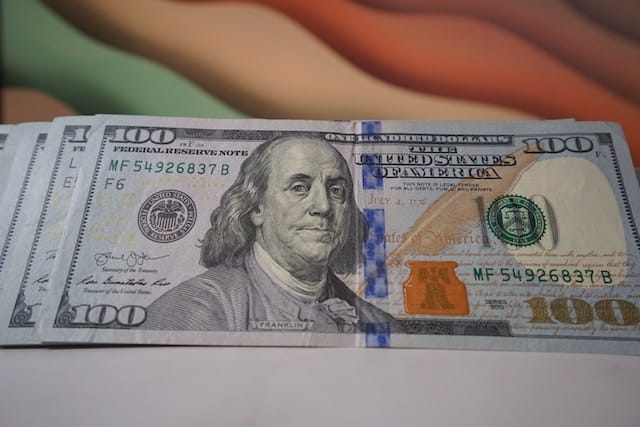In the ever-evolving world of cryptocurrencies, the recent buzz has been around the potential of spot market Bitcoin (BTC) Exchange-Traded Funds (ETFs). The crypto community has been eagerly awaiting the introduction of such ETFs, believing that they could be a game-changer for the industry. But why is there so much anticipation and what does it mean for both seasoned and novice traders?
Published by TECHTELEGRAPH, a recent report delves into the significance of spot market Bitcoin ETFs. The crypto world is no stranger to news and rumors, and in this case, a story that was tweeted out by Cointelegraph and subsequently picked up by several news aggregator accounts turned out to be incorrect. The tweet suggested the approval of a spot market Bitcoin ETF, which later proved to be inaccurate. However, the mere hint of such a development was enough to send ripples through the crypto community, highlighting the immense interest and potential impact of such a product.
Spot market Bitcoin ETFs differ from the futures-based ETFs currently available. While futures-based ETFs are tied to future contracts of Bitcoin, spot market ETFs would be directly linked to the actual Bitcoin prices on cryptocurrency exchanges. This direct link is believed to provide a more accurate representation of Bitcoin’s value, making it a more attractive option for investors. The approval of a spot market Bitcoin ETF would also signify a significant step towards the mainstream acceptance of Bitcoin and could potentially lead to an influx of institutional investors into the crypto space.
The anticipation surrounding the approval of a spot market Bitcoin ETF is also fueled by the broader implications it holds for the crypto industry. Such an ETF would provide a more straightforward and regulated way for investors to gain exposure to Bitcoin without the need to hold the actual cryptocurrency. This could lead to increased liquidity and could also serve as a benchmark for the introduction of similar products for other cryptocurrencies.
In conclusion, while the recent news about the approval of a spot market Bitcoin ETF turned out to be premature, the excitement it generated is indicative of the transformative potential such a product holds. As the crypto industry continues to mature and seek greater legitimacy in the eyes of traditional investors, the introduction of spot market Bitcoin ETFs could play a pivotal role in shaping the future of cryptocurrency investments.





